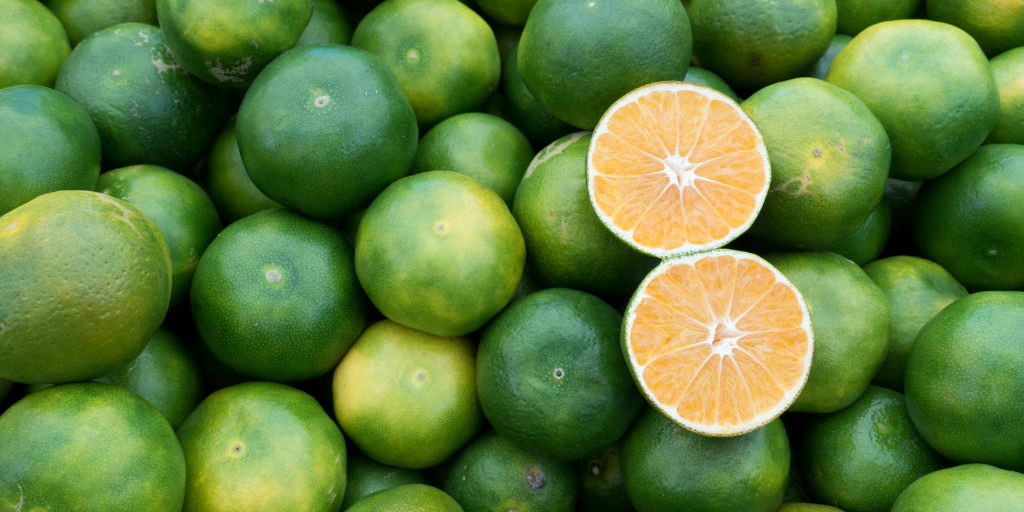Fresh fruit markets can provide consumers with desirable produce nearly year-round because of the innovations that mitigate and control the ripening process. Different interventions pre- and post-harvest take place according to the unique needs of each fruit type. Croptracker’s farm management and data visualization tools fit into any grower’s workflow to track and gain insights on the details that lead to a higher quality, higher value result.
Pre-harvest chemical controls for refining and extending growth
Commercial growing requires maximizing production outputs wherever possible, because there’s always environmental factors out of your control that will present issues. Pre-harvest interventions increase the likelihood of healthy, desirable yields. Here are some of the notable chemical applications that can be used during the growth of various climacteric fruits like apples, pears, and stone fruits. Note that regulatory compliance for agricultural inputs vary by region, and so some chemicals or brands detailed may not be relevant for your growing area.

- Napthaleneacetic acid (Fruitone N, Fruitone L, PoMaxa)
An effective thinning agent, this growth regulator enables growers to eliminate excess blooms in a targeted approach. This encourages larger fruits by the time harvest rolls around. It can also control pre-harvest drop.
Commonly used for: apples, pears - 1-Methylcyclopropene (Harvista, SmartFresh)
1-Methylcyclopropene controls ethylene response early so “fruit matures on your schedule”, meaning it expands the harvest window so fruit can stay on the tree for longer. This leads to better results on all fronts: color, size, and firmness -- all in line with what customers demand. If you have greater capacity to control your harvest timing, you can enjoy flexibility in scheduling picks and work crews required.
Commonly used for: apples, pears, cherries
When fruits mature and ripen, they tend to soften and sweeten –– and this process is triggered by ethylene, a naturally occurring gas. But not every fruit behaves the same way when it’s ripening. Climacteric fruits like apples, bananas, pears, peaches, and avocados can ripen after being picked without spoiling, whereas non-climacteric fruits like citrus and strawberries benefit from ripening prior to harvest. With climacteric fruits, commercial management of a harvest is focused more heavily on managing the ethylene gas that is produced by the fruit. Non-climacteric fruits quality management focuses on applying ethylene and carbon dioxide to ensure adequate respiration after picking.
Post-harvest controls for citrus: degreening oranges
Degreening does not actually refer to ripening, but rather the process of removing the chlorophyll from the skin of fruit after harvest using ethylene gas treatment. This can only be done on fully mature fruit, otherwise flavor will be impacted and the oranges will not be viable for market. Degreening is required when the growing season or region does not allow for cool overnight temperatures, of which would provoke the orange hue naturally.
SmartFresh (1-Methylcyclopropene as the active ingredient), in conjunction with fungicides, work together to pause over-ripening and prevent the creeping in of disease while in storage or long distance transport.
Managing chemical applications with Croptracker
Maintaining careful spray and chemical inventory records are important for adhering to regional legal requirements, as well as ensuring a safe work environment for work crews. Croptracker’s Spray module offers easy management of the important chemical data involved in your operation.
Once sprayer information, area size, and chemical information are entered, subsequent new spray plans come together quickly. A plan is set up in advance of the application taking place, but recordkeeping can also be entered retroactively as well: whatever workflow works best. Creating plans ahead of time offers the benefits of including application instructions for technicians and applicators. Selective permissions mean that a manager can create, edit, and view the plans laid out, and assigned crew members only access what they need to verify a completed spray.
Executing the correct recipe for a spray application is simplified with Croptracker’s tank mix calculator. By building a recipe with chemicals already listed in the database (or adding one specific to your operation), an accurate recipe is automatically calculated for a spray plan. The calculator function assists with decisions like number of tanks required for a particular size of application, per block chemical amounts, and total chemical use. Chemical inventory tracking is automatically adjusted when applications are completed. Need to gather your data for a GAP audit report? Easily comply with regulatory requirements with centralized records.
Interested in learning more about Croptracker? Learn more about our Farm Management Software, or book a demonstration to schedule a meeting with our product experts.
And as always, if you're ever stuck, never hesitate to e-mail us at support@croptracker.com or Live Chat with us by clicking the green speech bubble ![]() in your bottom right-hand corner. We're always happy to help you make the most of Croptracker to make your farm more efficient, safer, and more profitable!
in your bottom right-hand corner. We're always happy to help you make the most of Croptracker to make your farm more efficient, safer, and more profitable!


